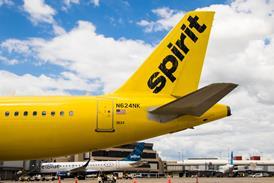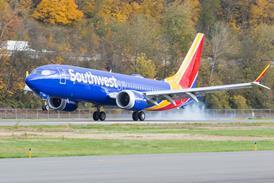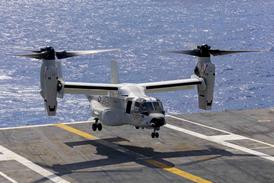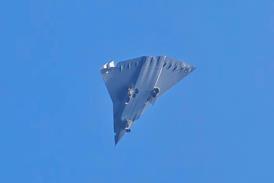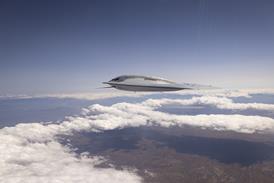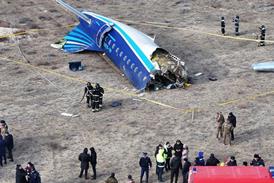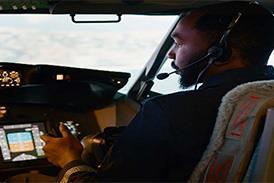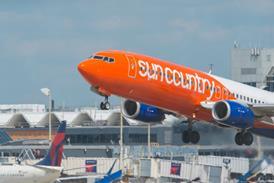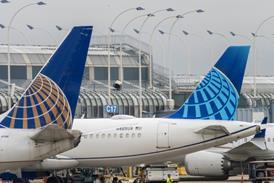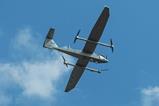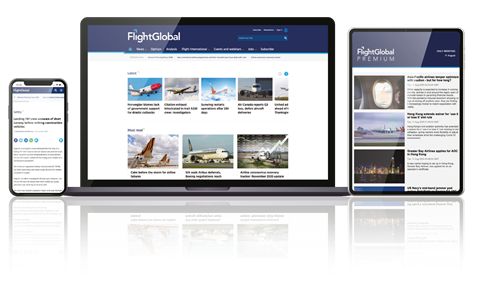Satellite-based navigation has so thoroughly transformed the world that it can be easy to forget the technology has only been usefully available to private operators for 25 years.
In 2000, former US President Bill Clinton ended a Pentagon policy of intentionally degrading the accuracy of America’s Global Positioning System (GPS) for commercial applications, ushering in the era of precision navigation in the air, at sea and on the ground.
However, just as the US military developed the original GPS concept, the defence industry is now forging ahead with successor technologies that can enable long-range navigation without relying on GPS.
One firm in Australia’s small, but expanding defence sector is at the forefront of that effort. Sydney-based Advanced Navigation is developing novel approaches to deliver both geolocation and what co-founder Chris Shaw calls spatial intelligence.
“Our technology helps people know where their objects are, and also information like where it is pointing and how fast it is moving,” Shaw says.

That has obvious defence applications for aircraft or long-range missiles, but also commercial sectors such as mining, seafloor exploration and space, for which GPS is an imperfect solution for navigation. GPS alternatives could also be useful to commercial aviation safety, particularly with the wide proliferation of GPS spoofing and jamming capabilties.
However, unlike the GPS revolution at the start of the 21st century, Shaw thinks the next wave of spatial intelligence tools will not be based around a single concept or technology.
“When it did get kind of released, everyone saw GPS as a one-size-fits-all solution,” he notes. “Our view is that there is probably never again going to be a one-size-fits-all technology.”
In the wonky parlance of the Pentagon, this category of technologies are known as assured positioning, navigation and timing, or APNT.
“Potential adversaries are aware of our reliance on GPS, however, so the army has to be prepared to operate in environments where the technology has been degraded or denied by enemy action,” the US Army said in 2020.
Advanced Navigation’s approach to APNT is to use proprietary fusion software that can synthesise spatial information from data collected by a web of different onboard sensors.
Some of those were developed by the company internally, while in other cases Advanced Navigation has partnered with larger players in the defence world. In November, the Australian firm announced it was partnering with European defence supplier MBDA to develop an inertial navigation system not dependent on GPS signals vulnerable to jamming or disruption.
“This breakthrough will enable airborne systems to navigate unlimited distances over land without relying on GPS and will be passive and resistant to interference,” Advanced Navigation says.
The approach will make use of MBDA’s NILEQ system, which determines position by comparing data collected in real-time by onboard sensors to an existing database of the Earth’s surface.
Shaw calls this combining disparate technologies “layering”, and says multiple such layers will be necessary to offer a resilient alternative to precision navigation.
“The technology that they’re providing is going to work fantastically in certain scenarios where GPS wouldn’t be available,” he says of the NILEQ system.
Another approach is to use visual navigation, where an onboard camera collects data that is compared to overhead reference photos. Shaw describes this a “really important piece of the puzzle”.
However, while visual navigation can provide a high-degree of accuracy, it falls short when a craft is travelling over water or other relatively featureless terrain like deserts.
Yet another approach being pursued by Advanced Navigation is a laser guidance system that will tie into the company’s existing inertial navigation solutions. Shaw says this is already being trialled by a customer.
“That particular technology is very suitable for aircraft applications, flying long distances without GPS,” he notes. “It helps correct a lot of the errors that you typically get in that scenario, but doesn’t have a reliance on external infrastructure like satellites.
“I think that’s what customers are looking more and more towards,” Shaw adds. “If I have GPS as one piece, all my other pieces can’t rely on anything else external. It’s got to be kind of self-contained and maintained by that operator.”
Should that assessment prove correct, Advanced Navigation will be well positioned to take advantage of the boom in defence spending in North America, Europe and closer to home in Asia.
That could put the company at the forefront of a revival of high-tech, domestic manufacturing in Australia, a sector which, by Shaw’s estimate, Canberra inadvisably allowed to be moved offshore in favour of commodity mining.
“We’re almost starting from scratch again,” he notes.
However, one upside to that sorry state of affairs is this new generation of Australian start-ups can secure government export licenses much faster than competitors in North America or Europe, where regulators receive a far greater volume of export requests.
“There’s a lot of work to do to help build a really thriving manufacturing industry in Australia,” Shaw says. “I think that’s one of the key things that Australia really needs to keep focusing on.”


